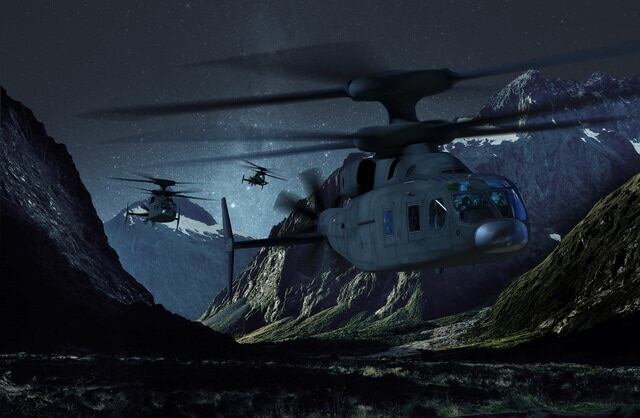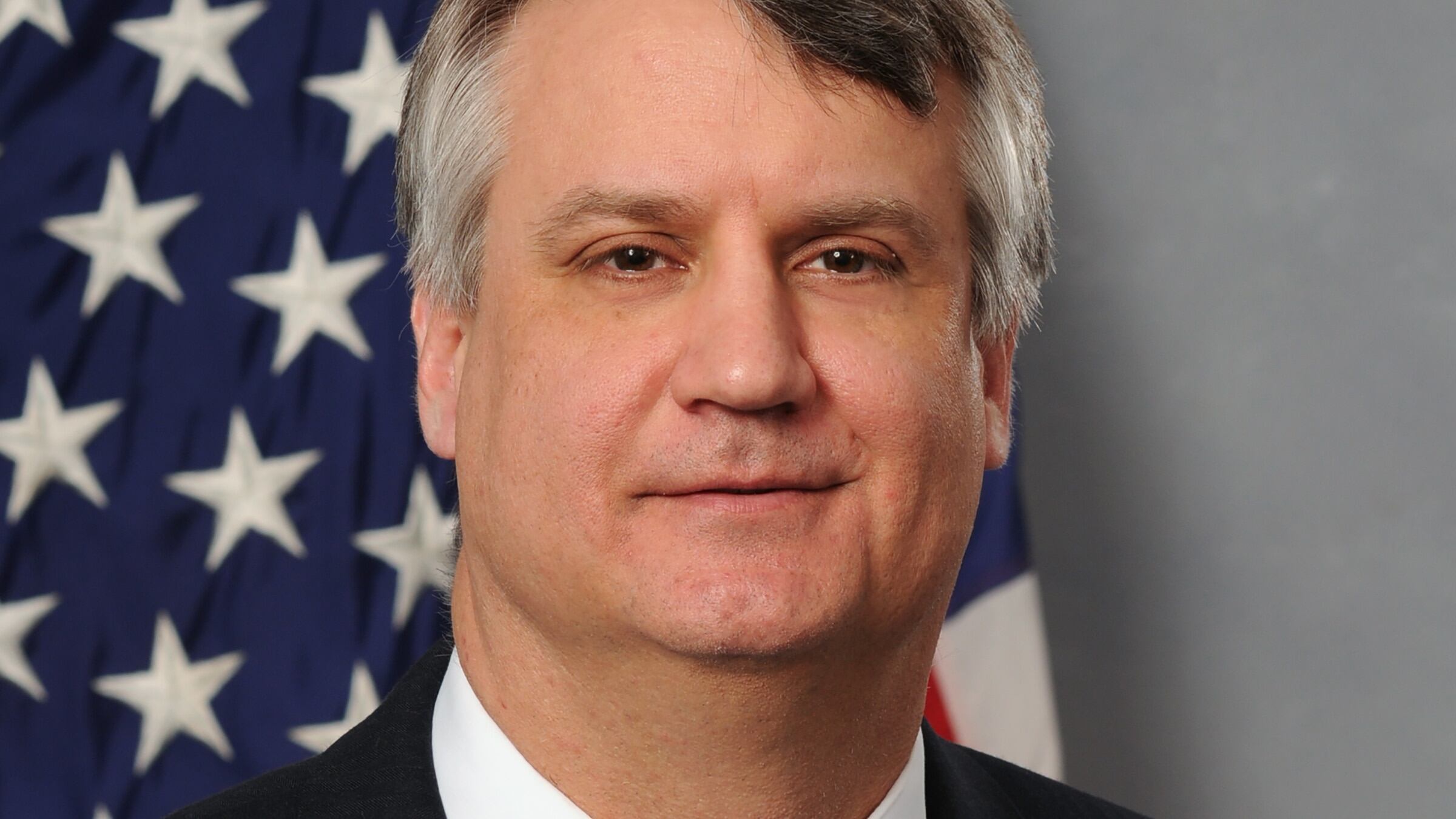WASHINGTON — With Bell Helicopters’ V-280 Valor and Sikorsky-Boeing’s SB-1 Defiant nearly ready for prime time, the Army’s Advanced Vertical Takeoff and Landing effort could see flying demonstrations of a vertical lift helicopter as early as next year.
But while progress has been steady, thoughtful management and changes around the acquisitions process could make it go even faster, Army representatives and an executive from Bell Helicopter said in a roundtable that was hosted by Defense News at the Association of the U.S. Army annual convention.
Roundtable participants together painted an optimistic picture of the state of vertical lift.
“The beauty is that we are very close to being right where we expected to be when we started this five-plus years ago,” said Vince Tobin, executive vice president for military business with Bell Helicopter.
Bell was the underwriter of the roundtable.
RELATED

Nailing the details
The Army has locked down a range of detailed specs for the future aircraft, “everything from how much somebody weighs inside the aircraft [to] how big the seat has to be to accommodate not only the person, but the exoskeleton they’ll be wearing,” said Bill Lewis, the director of the aviation development directorate at the U.S. Army Aviation and Missile Research Development and Engineering Center.
The Army also has asked the vendor community for a faster product, something that could fly twice the speed of a conventional helicopter. “We really pressed configurations for speed. That was the main attribute,” Lewis said.
A two-year demonstration period lies ahead for the emerging aircraft, during which time the Army will work to ensure mission systems can be seamlessly integrated into the new platform. The service is leveraging the advanced architectural design language to hasten that process.
“It’s a different way of working through the software builds,” Lewis said. “It dovetails with model-based systems engineering to get after a better way of writing code the right way the first time as you walk through. It saves a huge amount of money and eliminates a lot of uncertainties. So, as we march through those efforts, we’ll have a capstone in ’19 that will bring all of those elements together.”
A faster buy
With advanced software techniques speeding systems integration, planners are looking at other ways to accelerate both components of the new platform and the whole vertical lift program.
Consistent funding would help – “not just a lot of money, but stable and predictable funding,” said Col. Roger Kuykendall, improved turbine engine program and future vertical lift program manager with the Army.
He’s also looking at a range of variables that could impact the timeline, including the specific program requirements, the level of technology in play and the amount of required testing.
RELATED

“All that equates to time and money as well. So, I think there are ways to accelerate that, especially with an emphasis from senior leadership. I think those all contribute to accelerating the program,” he said.
Lewis proposes taking things a step further, removing or reducing broad swaths of the conventional process in order to tailor-make an acquisition defined by the needs of the program.
“You cannot use a cookie-cutter acquisition process,” he said. “You have to challenge every piece of that, not only at the [program management] level but at the [Department of Defense]level. I guarantee that if you shoot an engine with a high-caliber round, it will fail, so I’m not sure what we’re trying to prove with the extensive live-fire things that we do. There are things that we deliberately need to look at that will radically alter the timing and the schedule of these production vehicles.”
In the meantime, the Army says it remains committed to supporting its current helicopter fleet while it waits for the vertical lift effort to come to fruition.
“We currently spend about 50 percent of our science and technology portfolio on future fleet and 50 percent on current fleet,” Lewis said. “Any technologies, especially digital capability, that we can attain we will also spiral that into the existing fleet to keep that fleet on par.”








